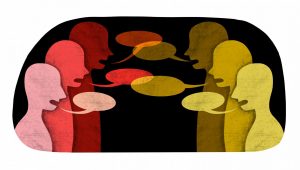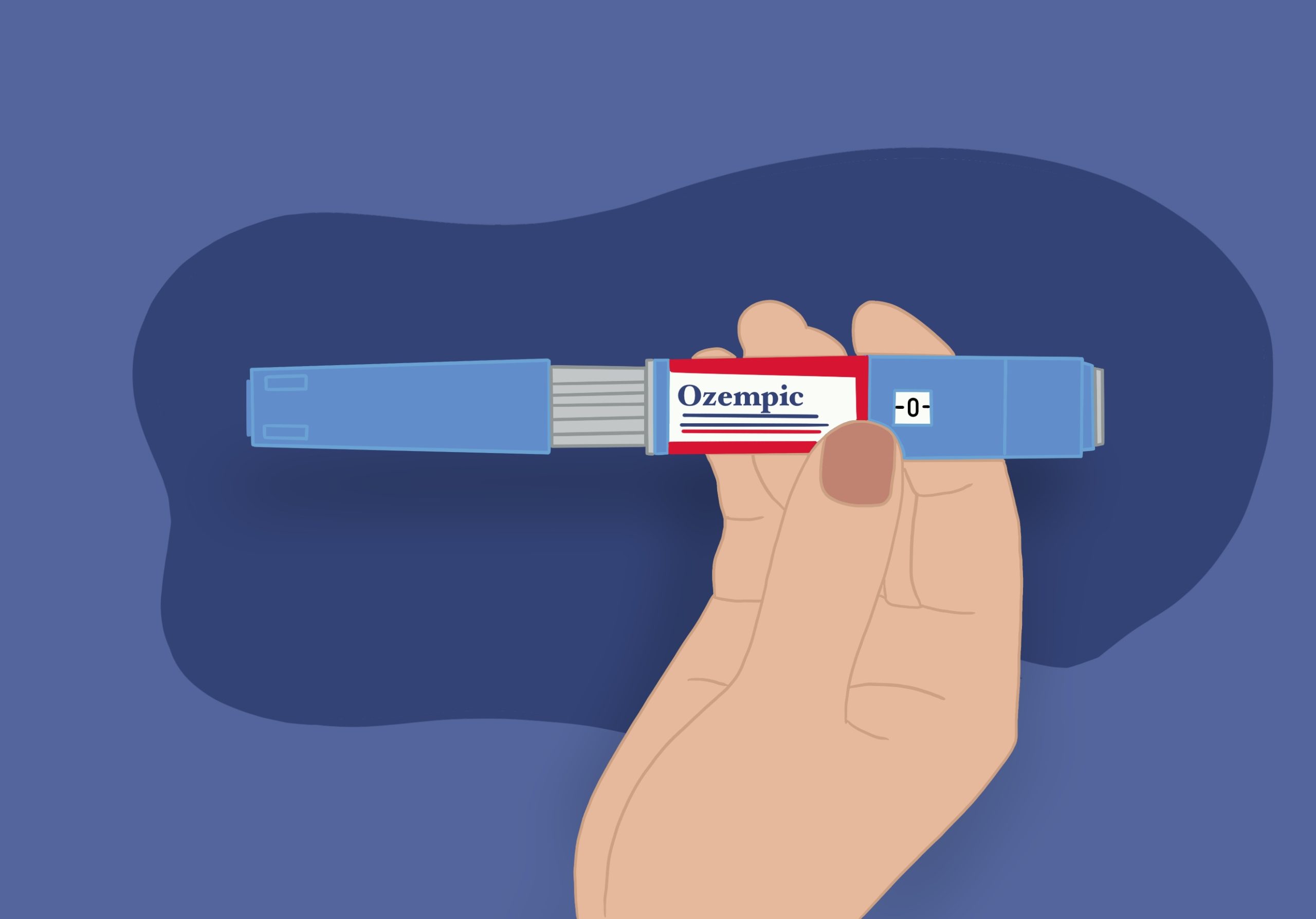This semester, more than 700 students in nine courses at the University of Minnesota are using eTexts as a part of a pilot program to test their practicality.
As textbook prices continue to rise, most students in the pilot program have already expressed excitement about getting textbooks for free, but still have reservations.
Some students in the pilot donâÄôt like that they have to go through a computer to access their book, and others said having the book open on their computers offers opportunities for distraction. The digital transition is also inconvenient for some students with disabilities.
Indiana University began researching studentsâÄô use of electronic textbooks in 2009 in an effort to reduce the cost of books for students. In November 2011, the school invited other universities to join them in their success.
âÄúWe were a little nervous about [the program] but our new provost is coming from Indiana so we thought we better look it over,âÄù said Billie Wahlstrom, the UniversityâÄôs vice provost for distributed education and instructional technology.
Karen Hanson, a former provost at Indiana University, officially starts her position as senior vice president for academic affairs and provost at the University of Minnesota on Wednesday. She said students at IU âÄúenthusiastically endorsed the project.âÄù
âÄúItâÄôs really a daunting prospect for many students,âÄù Hansen said. âÄúNot everyone was able to get on board for the winter or spring term, but Minnesota was, and IâÄôm very pleased about that.âÄù
The universities participating in the pilot pool their buying power and negotiate discounted prices from textbook companies so students can download the books for free and access them from any device with a web browser. Students also have the option to pay $28 for a hard copy in addition to the electronic version.
Going digital to save money
The University hopes the new, lower price tag will encourage students to actually read their books. Wahlstrom said many students donâÄôt even buy textbooks, and she believes the price may be to blame.
According to a study performed at the University of Michigan in 2009, the estimated cost of textbooks and supplies for the average four-year undergraduate student was about $898 for the academic year 2003-2004, and that number continues to rise. Between December of 1986 and December of 2004, textbook prices increased at twice the rate of inflation.
The study attributes that increase to multiple factors. Many textbooks have frequent revision cycles, forcing students to buy a new edition rather than buy a used book.
Second, publishers are increasingly offering âÄúbundledâÄù textbooks that include additional materials and software. In some cases, the bundled version is more than twice as expensive as the original version.
The study also points out that although faculty members select which textbooks to use, students pay for the books.
The Academic Affairs office authorized and paid for the pilotâÄôs $20,000 participation fee so that departments in the program wonâÄôt be charged. In the future, students might pay a course materials fee to the University, but likely at a cheaper price than the cost of print textbooks.
Wahlstrom said one of the motivations for the pilot is that the University wants to be at the forefront in the digital transition.
âÄúWe would do a disservice to students if we didnâÄôt give them this opportunity,âÄù she said. âÄúWeâÄôre preparing students for what we know is coming.âÄù
The University is already leading when it comes to eText sales without the pilot. According to Bob Crabb, director of the University of Minnesota Bookstores, 3 percent of textbook sales come from the electronic copies, which is more than any other university bookstore in the country. But eTexts are not catching on the way e-books are recreationally.
âÄúItâÄôs something the whole industry has wondered about and is a subject of a lot of debate,âÄù Crabb said of that divide.
Fans and critics
A recent study of an eText pilot at Daytona State College in Dayton Beach, Fla., showed negative student attitudes toward the books and made the school reconsider going electronic.
Students with limited computer skills found the eText more intimidating than students with more computer experience. The majority of students also found the eText inconvenient and time-consuming compared to a printed textbook. Most participants also admitted they had not read as much of the assigned material in electronic form as they would have in hard copy.
While well more than half of the students expressed dissatisfaction with the eText model, the majority of participants said that they would still be willing to use an eText if it meant buying their book at a cheaper price.
At the University of Minnesota, Helen Gudeta and Sheree Yang both said the fact that the books were free was the best part of the program. The two juniors both signed up for an adolescent psychology class with no knowledge of the eText plans, but were notified via email before classes started.
âÄúI have to take this class, and I like that I donâÄôt have to pay $100 for a book,âÄù Yang said.
But only three weeks into the semester, both students said they rarely used the eText to do the assigned readings.
âÄúItâÄôs not reliable when you really need it,âÄù Yang said. âÄúYou canâÄôt read the book unless you have a computer in front of you.âÄù
Gudeta added that she doesnâÄôt use any of the tools offered with the eTexts.
âÄúIâÄôm old fashioned and have to write down my notes,âÄù she said.
âÄúOld-fashionedâÄù students like Gudeta are not uncommon.
Henriette Warren, who teaches the course, said she noticed a lot of the students opted to buy the printed text as well.
Gudeta and Yang also felt that having the book on the computer created many more distractions because they would have multiple windows open at the same time.
Jessica Shankman, a freshman in the class, is a fan of the eTexts.
âÄúIâÄôm a big highlighter so I thought that was going to be a problem,âÄù she said. âÄúBut I figured out I can highlight âĦ If that wasnâÄôt there I think I would have more of a problem.âÄù
Sehoya Cotner teaches zoology âÄî another course using eTexts âÄî but was hesitant about the pilot program at first because she has seen problems with eTexts firsthand.
âÄúI had the eText option before, and the students said they hated it,âÄù she said
She said most students missed being able to write in the books, and didnâÄôt like that they had to use a computer to access them.
The new eText pilot accounts for some of these problems with features that allow annotation in the electronic format. Instructors can also take notes in the books for all the students to see, which Cotner said is one of her favorite features.
Accessibility issues
Professor Donald Liu signed onto the project with no prior e-book experience and recently discovered problems with students who have disabilities.
The Principles of Microeconomics professor said he received a call Monday from Disability Services about a student who had problems reading text electronically.
âÄúHe was actually quite adamant that I should be mindful of students with disabilities and that it was unfair to charge $28 for a hard copy,âÄù he said. âÄúBut I had to tell him that this is a parameter given to me by the University.âÄù
Liu worried that if the University decided to use more eTexts in the future, it might put those students at a disadvantage.
âÄúThey need to think hard about how to include students with disabilities and students that donâÄôt always have access to the Internet or even a computer,âÄù he said. âÄúThose students need to be ensured an equal opportunity learning the material.âÄù
Wahlstrom recognized this issue and said that the University is actually the only school participating in the program thatâÄôs focusing on disability issues.
It will take at least six months after the pilot ends in August to look at the data and make recommendations, Wahlstrom said.
âÄúI think at this point this is in the near future,âÄù she said. âÄúI would say we could move this way within three years.âÄù








